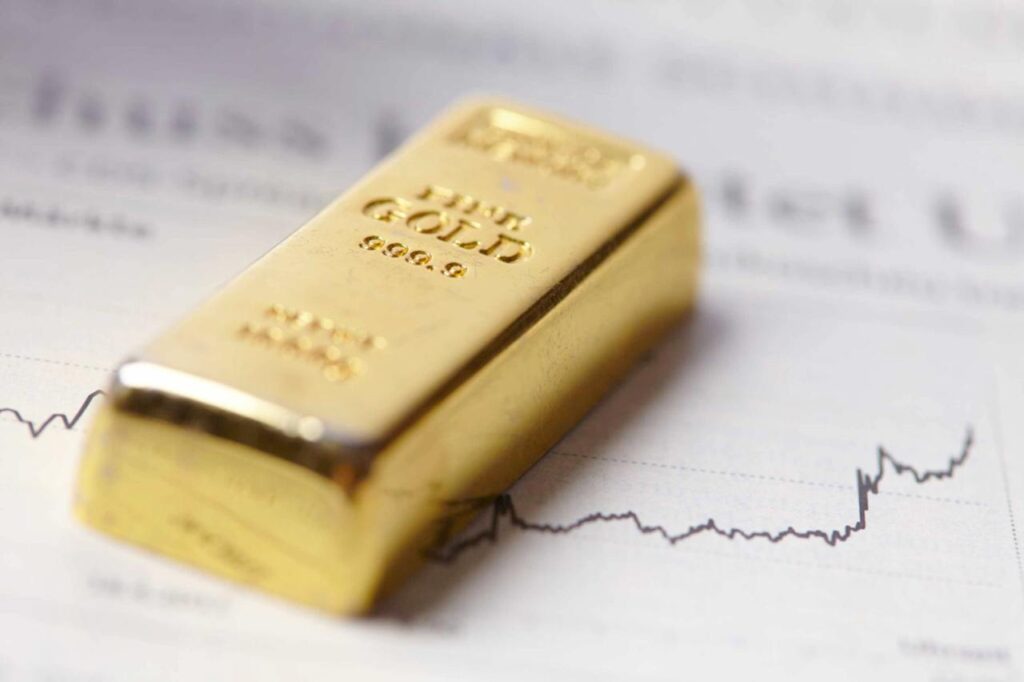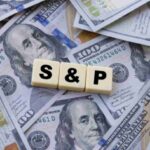Gold has experienced a historic year with sustained gains, which has led market players to question the rally’s actual implications. The significance of this momentum is under scrutiny, considering the yellow metal has deviated from historical norms.
In particular, a summary of gold’s performance in relation to other asset classes, alongside developments around key economic fundamentals, could be signaling challenging times ahead, according to an analysis by The Kobeissi Letter in an X post on October 13.
The first signal has been observed when comparing gold’s performance to bond prices. Notably, bond prices have plummeted over the last three weeks while the U.S. dollar surged—both traditionally bearish signals for gold.
Picks for you
According to the analysis, bond prices and gold have traditionally moved in tandem, especially in economic uncertainty when both are considered safe-haven assets. However, recent market behavior has reversed that trend.
Bond prices have collapsed while gold has risen, creating an unusual divergence. This shift suggests a broader market sentiment where investors are favoring gold over bonds as a store of value.
Even after the Federal Reserve cut interest rates by 50 basis points, investors seem to be ditching bonds while gold continues its upward trajectory. If gold closes the year at its current price, 2024 would mark its best performance since 2010. And if the rally continues, it could become the best year for gold since 1979—when inflation surged and gold skyrocketed by 126%.
Possible inflationary spike in the offing
In this context, some analysts speculate that gold is now pricing in a future inflationary spike, perhaps in 2025 and beyond. Historically, gold has served as a hedge against inflation, with its price movements often preceding official inflation numbers.
The Kobeissi Letter further noted that while the Fed is signaling a “soft landing” for the economy, gold is behaving as if a recession is imminent. Gold tends to decline when the Fed successfully engineers a soft landing, as it did in the 1990s. In relation to this, celebrity investor Robert Kiyosaki warned that rising gold prices might not be a good sign, as they could be signaling an imminent crash.
Overall, the pace at which gold prices are rising suggests that investors are pricing in far more pessimistic economic outcomes.
To put the gold rally into perspective, related exchange-traded funds have recorded historic inflows. Notably, cumulative inflows into gold and gold mining ETFs have reached $3.3 billion since August, reinforcing the idea that gold is being treated as a crisis hedge.
Gold price analysis
As things stand, gold is targeting the $3,000 mark if the bullish momentum continues. With the metal closing the last trading session at $2,657, artificial intelligence model ChatGPT-4o predicted that by the end of the year, gold will likely be trading in this range.
Meanwhile, analysis by FX Gold Trader indicates that the metal is approaching a critical support and trendline zone between $2,646 and $2,639, signaling a potential buying opportunity.
The recent breakout from the descending channel hints at weakening bearish momentum, with technical analysis suggesting a possible rebound from this level.
Should gold hold above this key support, it could rally toward $2,685. This level has previously acted as a strong support zone, and a successful retest may confirm it as a foundation for an upward move.
Amid previous concerns regarding a possible gold crash, some market players anticipate that the current momentum might be signaling a possible black swan event, like a market crash, aligning with The Kobeissi Letter’s analysis.





